If you're a woman like many, you probably wear a bra day in and day out. Maybe you're lucky enough to not have to wear one, but many women feel more comfortable and secure with a trusty bra holding everything in place.
But where did they come from? You might have heard the old urban legend about "Otto Titzling" and his invention, but an urban legend is all that is, originating in the early 1970s.
In reality, bras are far older, and way more interesting. The first modern-looking bra was unearthed and discovered to date from as far back as 1390!
Today, we have a lot of options when it comes to lifting our girls, but back in the day, many women made do simply with what they had, or they followed the trends of the day to make their bust into a more fashionable shape.
Other women simply needed some support while doing hard, physical work.
Take a trip down memory lane and see if any of history's bras look appealing to you, or if you prefer the modern choices.
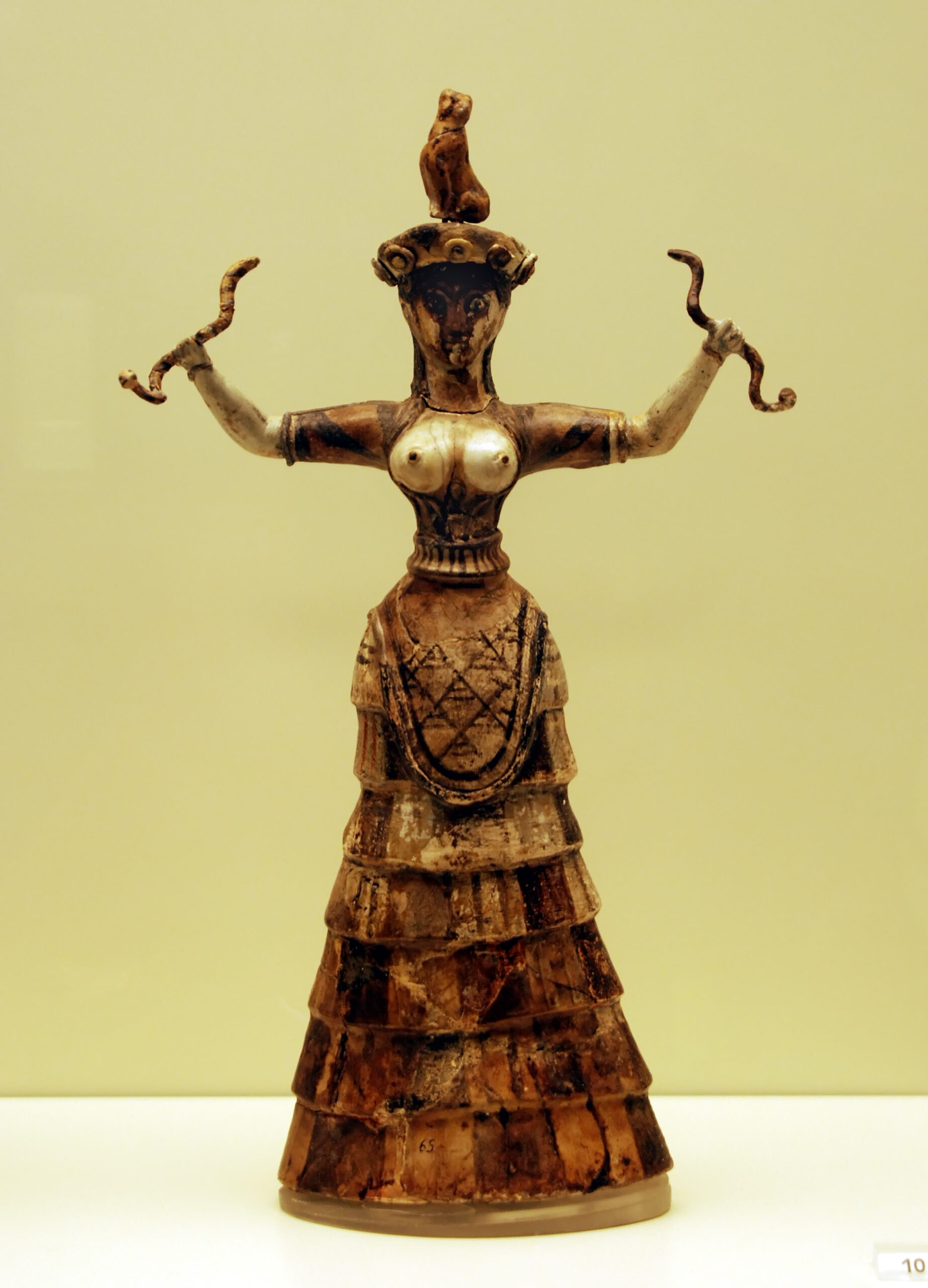
One of the earliest breast-supporting garments comes from the Minoanb culture on Crete — and it didn't actually cover the breasts at all!
Cretan women wore a corset-like garment that supported the breasts, but left them exposed. Seems scandalous by our standards, but it was considered quite normal then.
Breasts in Minoan and nearby Mycenaean cultures were celebrated as symbols of fertility and life.
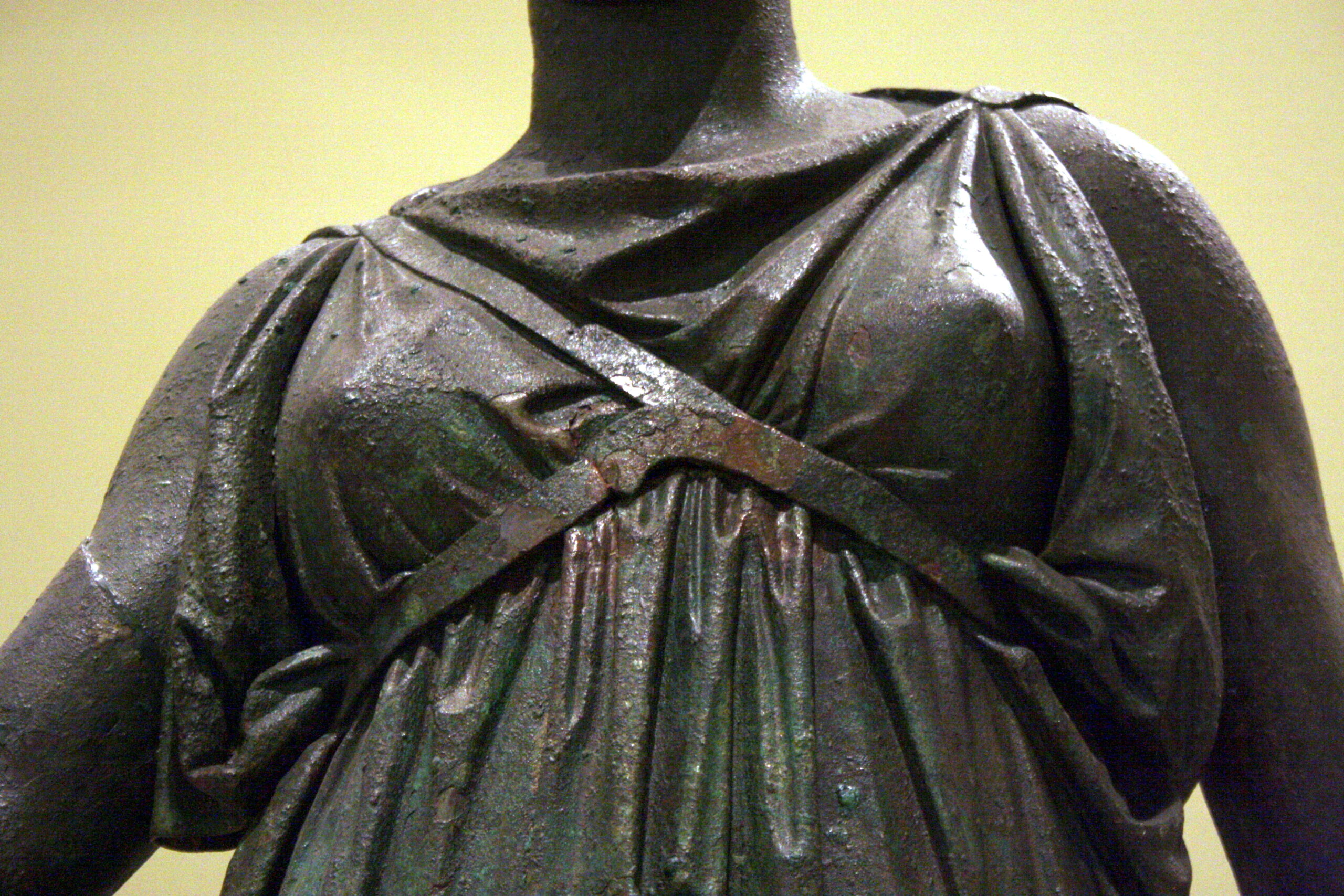
In Classical Greece, women wore their supports on the outside of their clothes (so Madonna was actually about 2,000 years late on that fad).
Women during this time wore "breast bands" over their loose-fitting clothing to keep everything in place.

By the Roman period, women still wore the bands, and wealthier women turned them from a simply practical garment to a fancy accessory, like this one from around the early 400s.
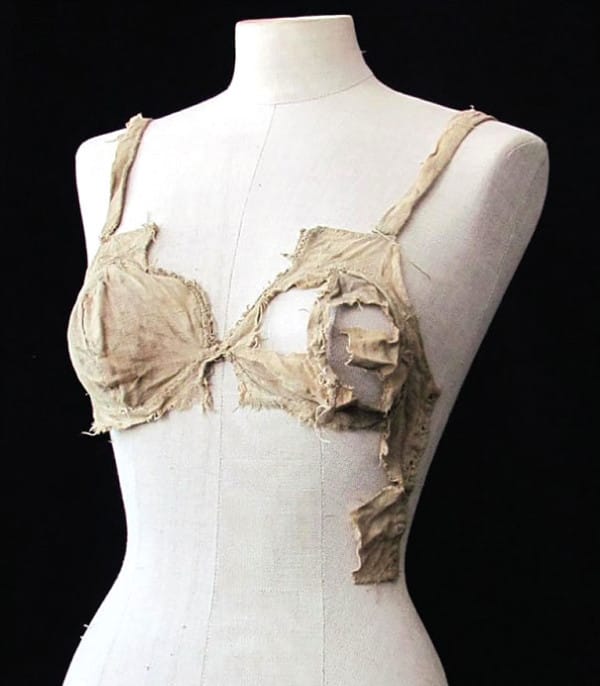
This bra looks like it could have been made during this century, but it actually dates from between 1390 and 1485.
Garments like these were called, maybe not very poetically, "breast bags," and were worn by upper-class women.
During the Middle Ages, though, women did not typically support their breasts at all, and if they did, they used simple cloth bands. Dresses were also snug, and served double duty.
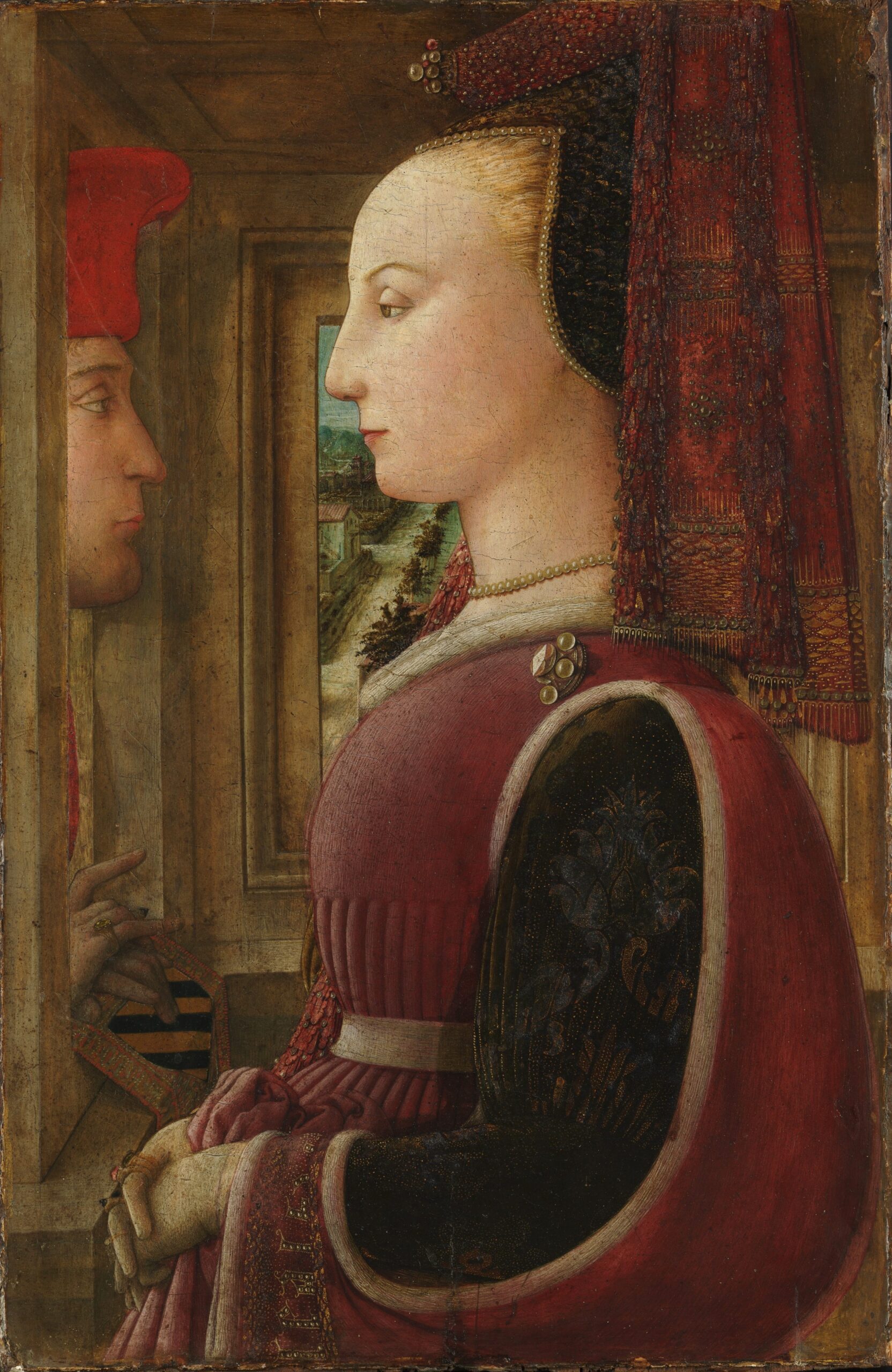
The Renaissance saw the development of the corset, and gave women a smooth, sometimes almost flat bust, like the woman in this painting.
Corsets pushed the breasts upward, but held them together.
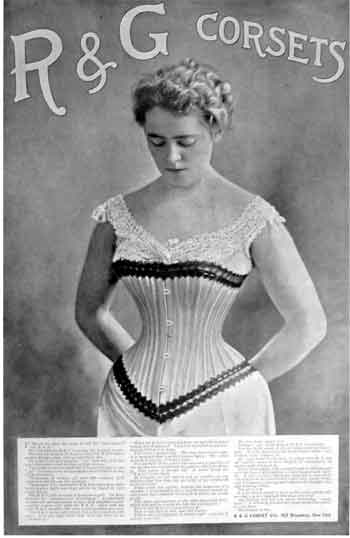
Corsets became the norm for hundreds of years after, and also cinched women's waists to tiny proportions.
Despite strict, even uptight, Victorian morals, corsets during the 1800s exaggerated women's bodies.
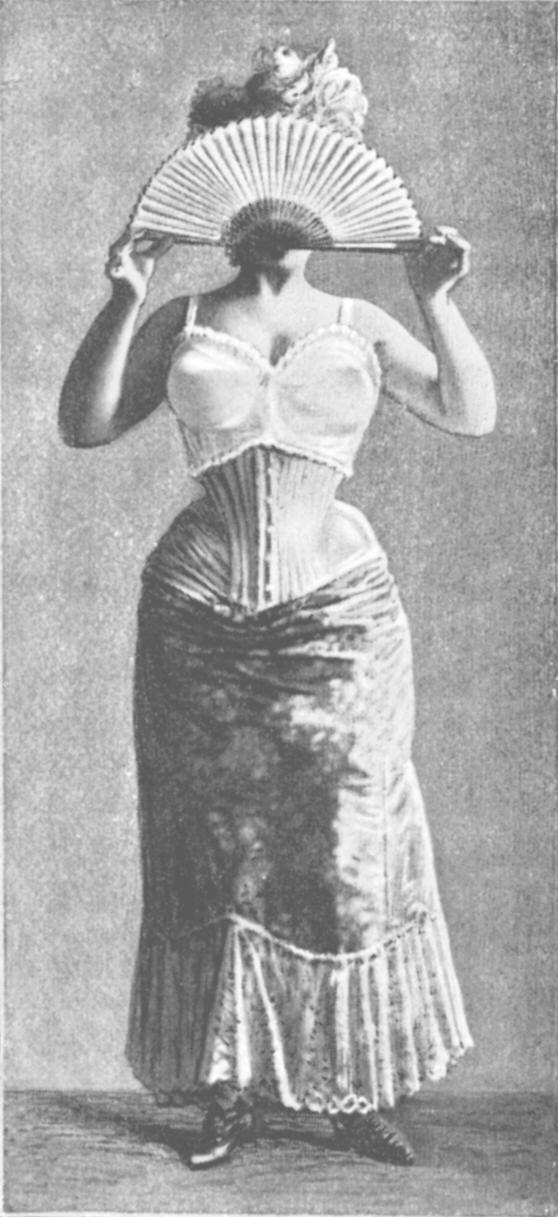
However, some forms of the bra were still around, as this risqué photo from 1900 shows.
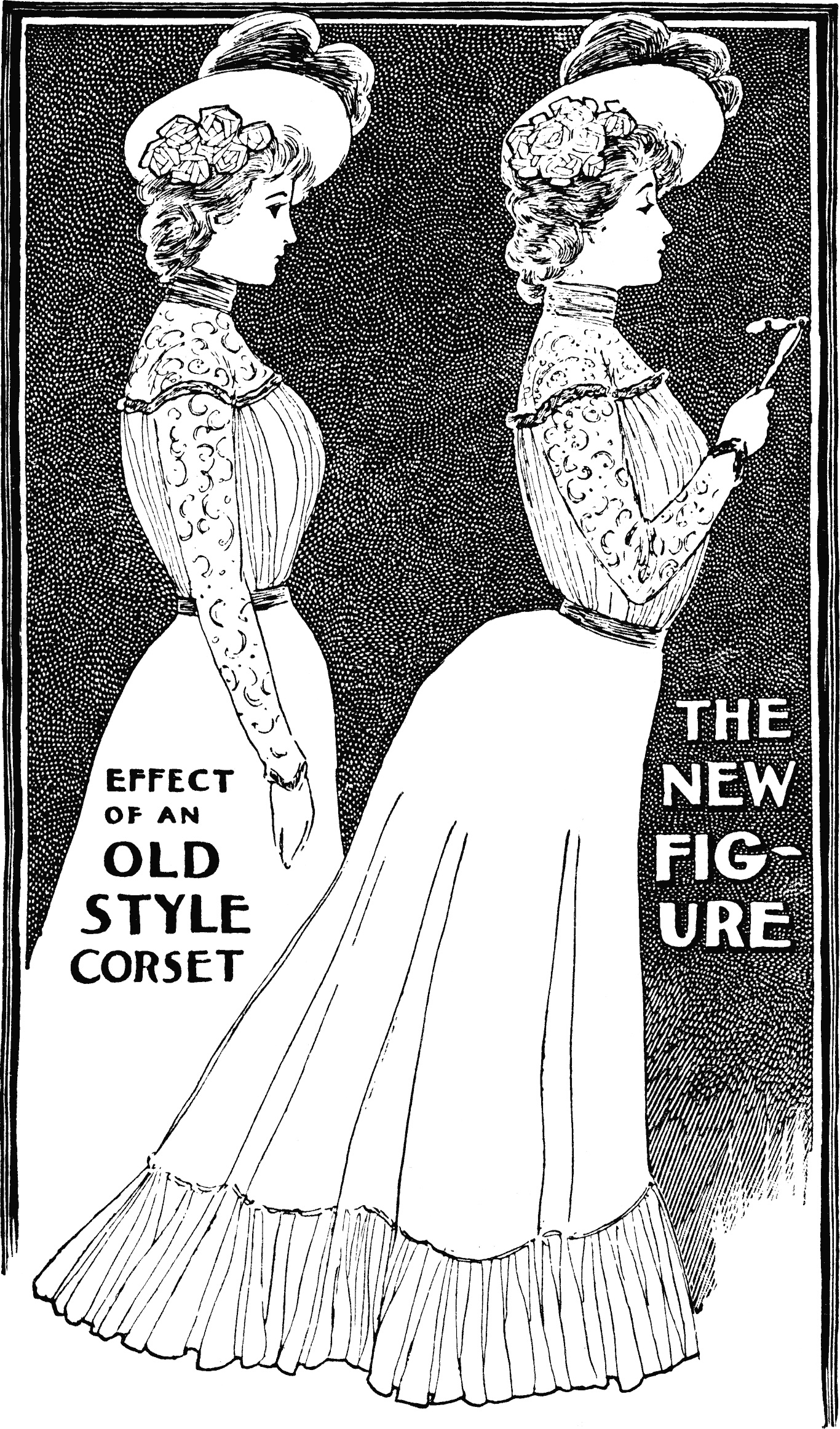
By the Edwardian era, corsets began to recede under the breasts again, as women started becoming more active in sports and other outdoor activities that required movement.
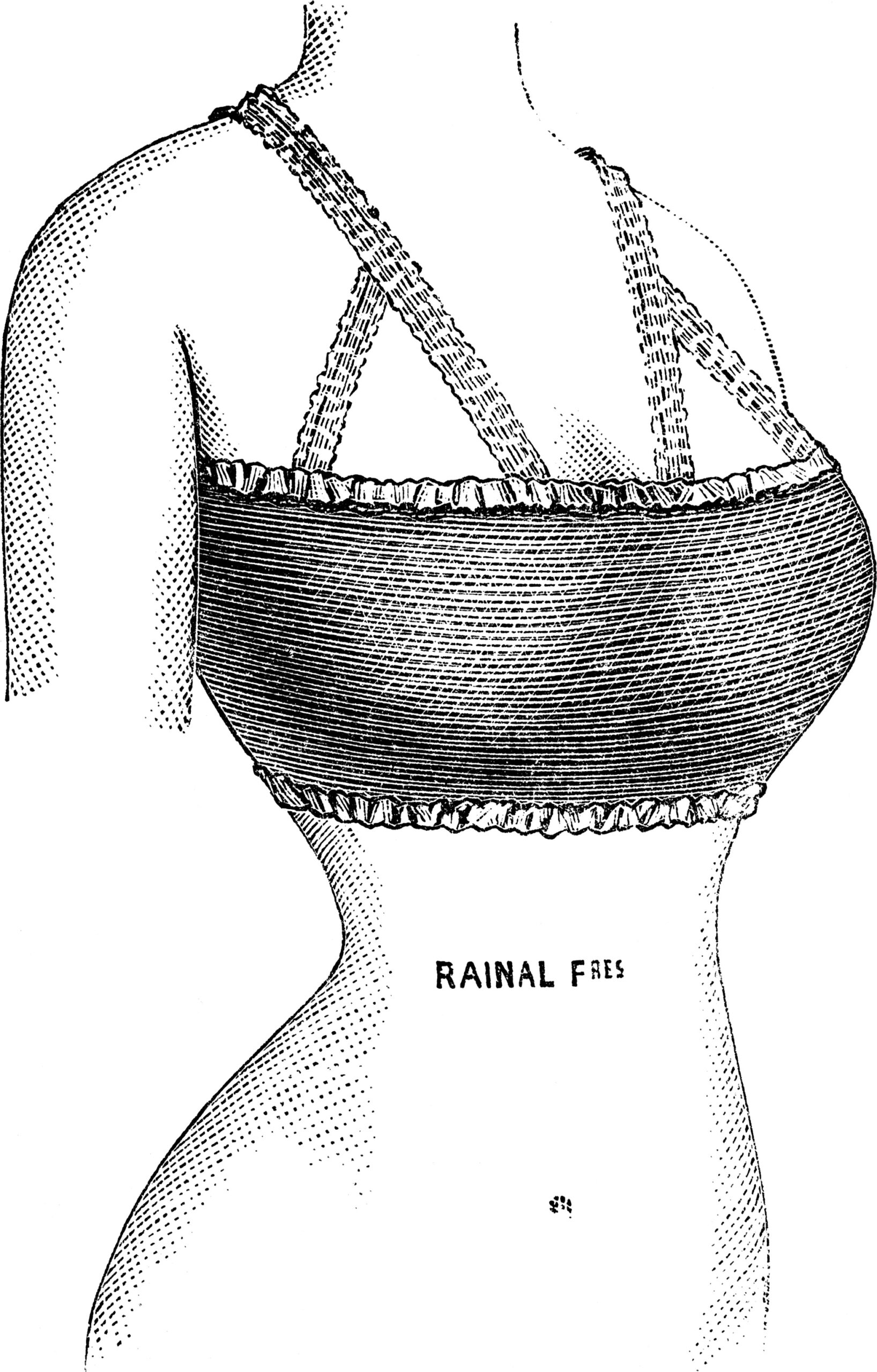
By the early 1900s, some doctors were calling for an end to the corset altogether, saying it was unhealthy and constrained the body to the point of damaging organs and restricting breathing.
And it was true that many women did pass out from tightlacing to get a tiny waist.
Garment reformers, which included doctors and proto-feminists, championed bras like this one, but it would take a while for them to catch on.
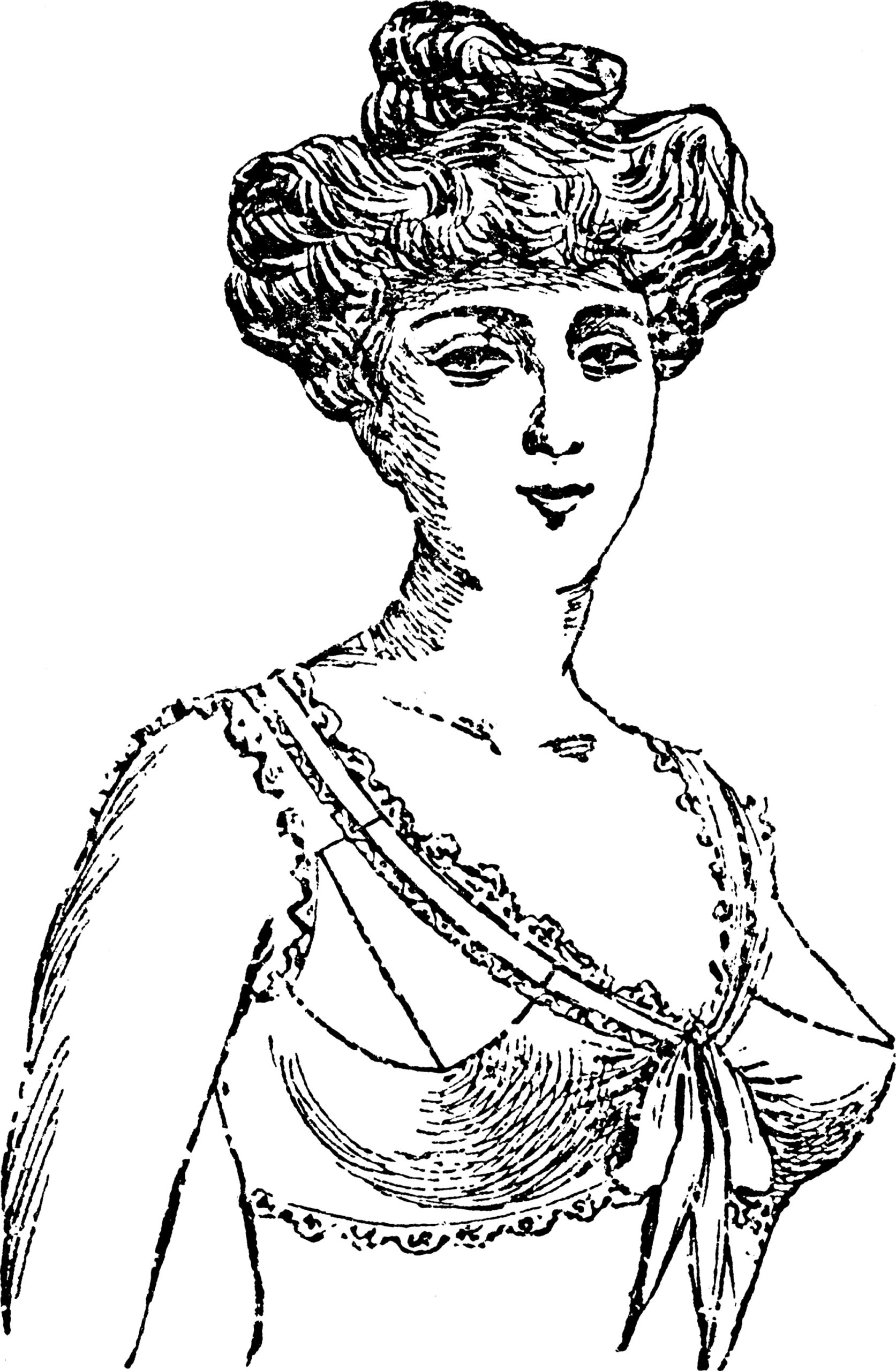
But catch on they did. Metal boning, a staple in corsets, became scarce after World War I, and so breast supports continued to get softer and smaller.
Bras that separated the breasts, like the "breast bags" of old, also began to appear.
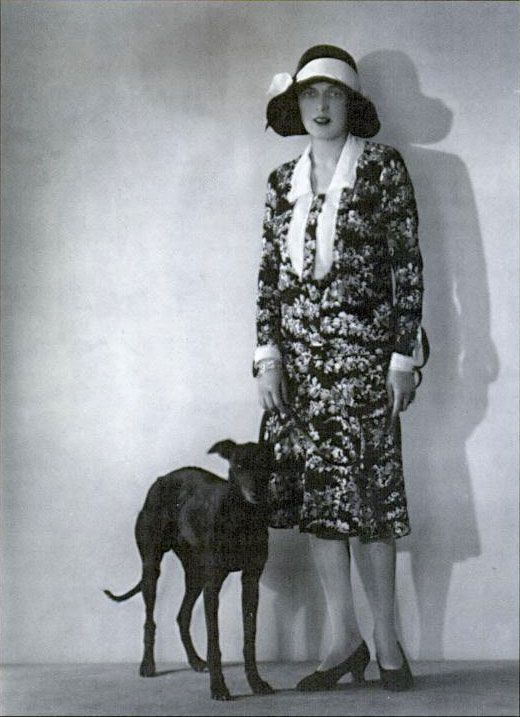
There's no real "inventor" of the bra, as women all over the world developed their own ways of getting support.
But the first truly modern bra is often attributed to this woman, Mary Phelps Jacob, who would later be known as Caresse Crosby.
Crosby, then 19, was attending a dinner party in a low-cut dress, and found that her corset poked out the top. So she sewed together two handkerchiefs and some ribbon and created a makeshift bra.
She patented the invention, and later sold it to a corset company for the equivalent of $21,000.
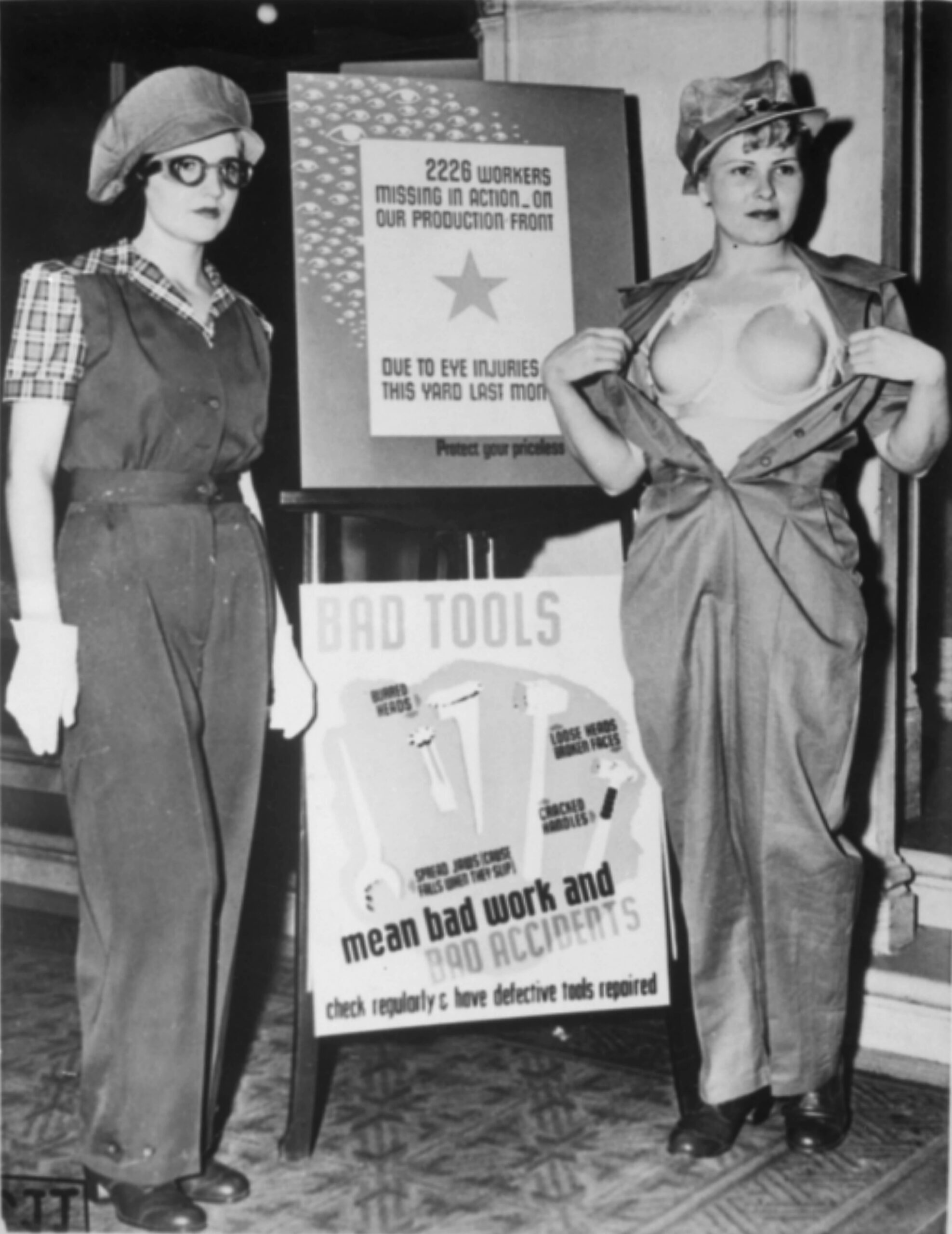
Bras were always underwear, but in times of hardship, they became protective items, too.
These factory workers in 1943 are showing off a plastic bra, more like a literal breastplate, designed to protect women's chests from occupational accidents.
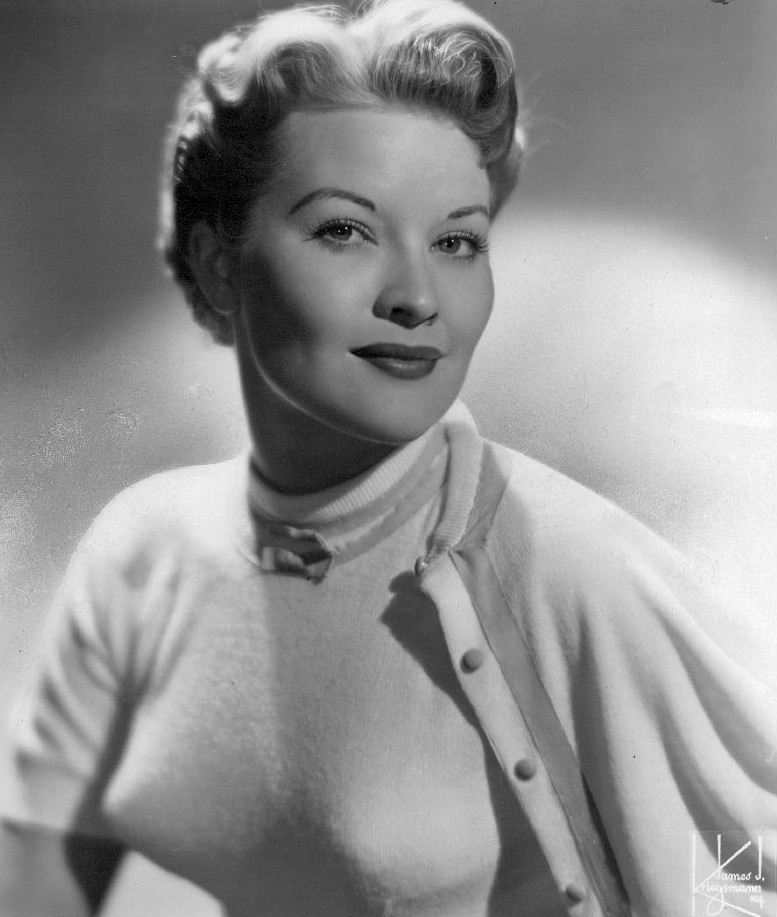
The 1950s saw the bra take on the now iconic, and kind of funny, "bullet" shape, which made the breasts appear pointy.
They were popularized by actresses like Patti Page, seen here, as well as Marilyn Monroe and Lana Turner. Tight sweaters to show off the bust became popular, too.
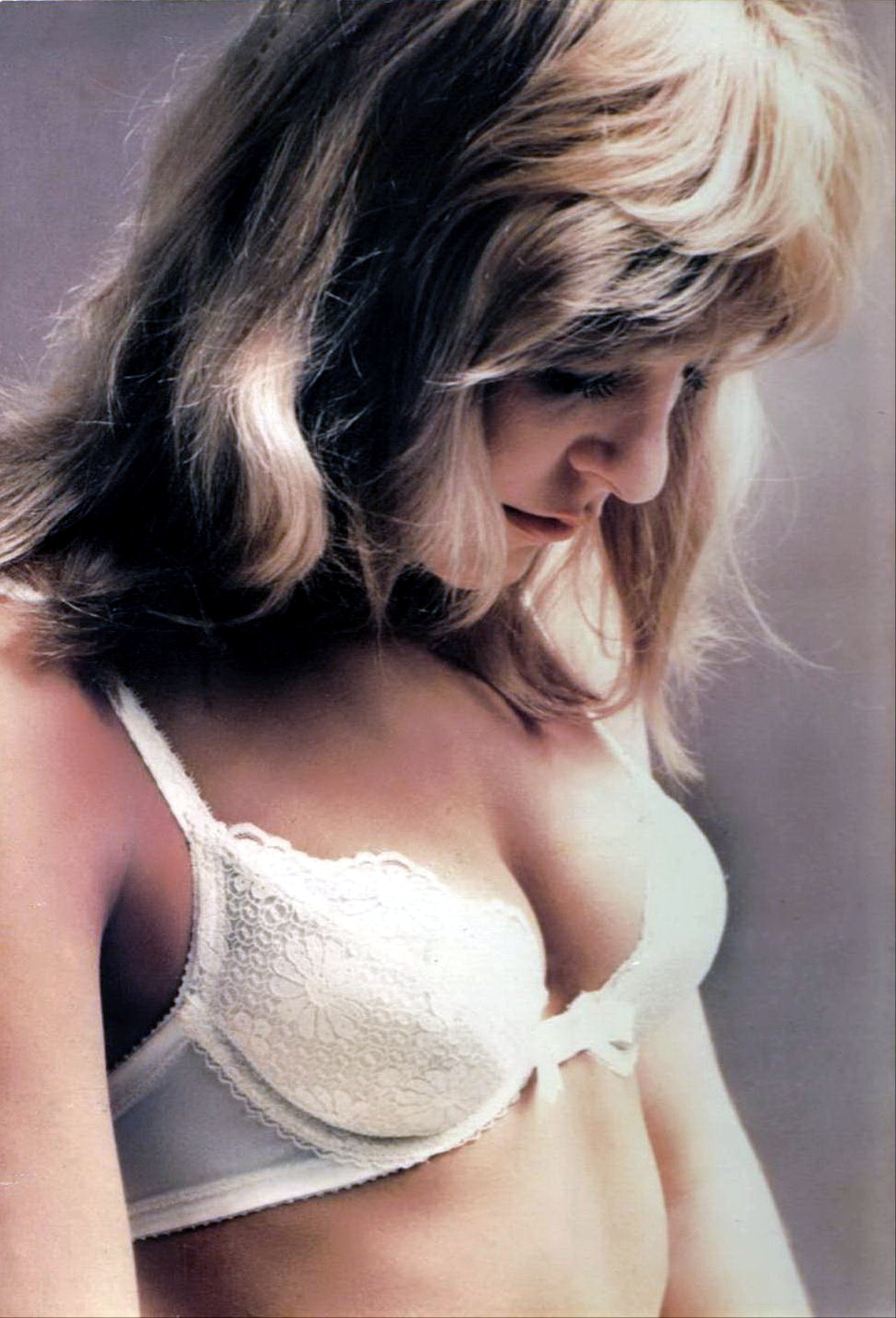
However, through the 1960s and '70s, pointy bras fell out of favor for a rounder, more natural shape, which is still popular today.
But like the corsets before them, some people say that bras can cause health problems. Many women, even those with larger breasts, are opting not to wear bras.
Do you think bras will disappear? What do you think the future holds for them? Let us know in the comments, and SHARE this piece of titillating history with your friends!




